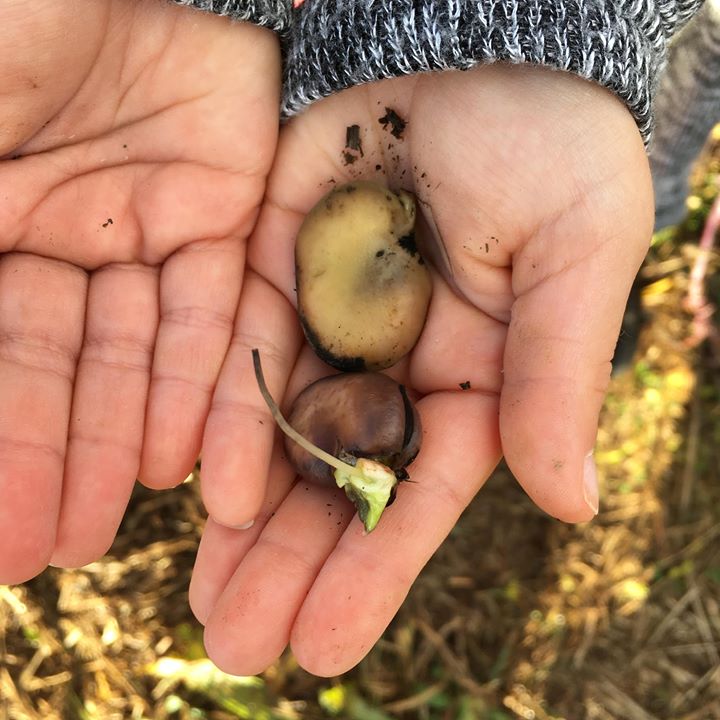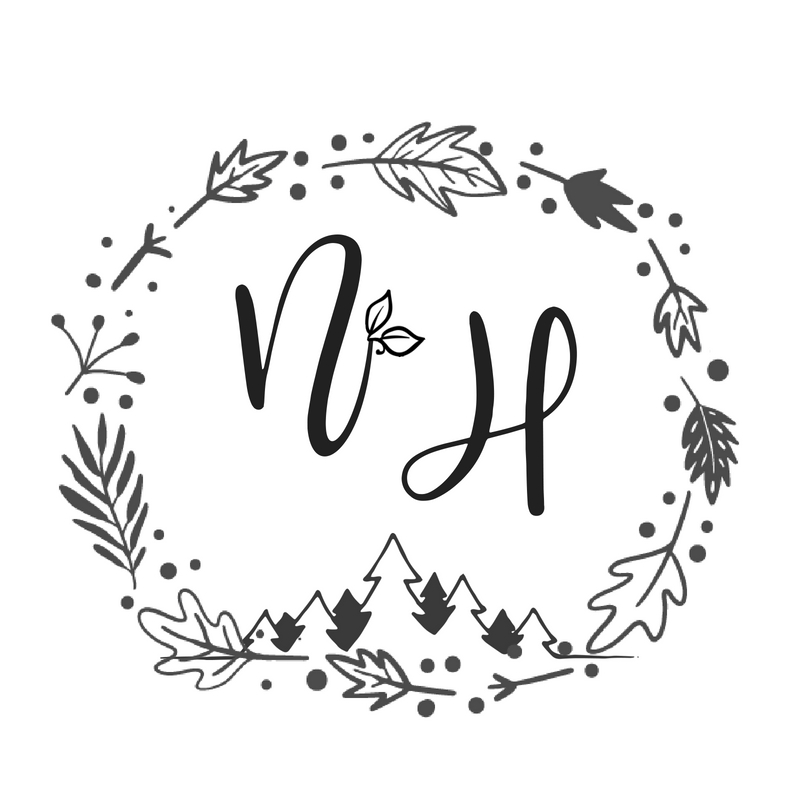
The homeschool garden offers an amazing opportunity for kids to learn about nature from the comfort of their backyards.
Kids can learn so many things with a homeschool garden! From different kinds of plants, good and bad bugs, changes in weather to getting their hands dirty. Kids learn the importance of taking care of things, and one of the most important neglected aspect of our modern world:
Children can learn where their food comes from.

The homeschool garden offers science and nature together in harmony.
You can sow seeds or buy plants from your local nursery. If you’re new to gardening as a parent, I highly recommend you pick up some beginner gardening books. Many seed companies offer a free growing guide for each fruit or vegetable. You’ll need to know some basics before diving in like your growing zone (because many of us have frost dates) and what you can grow in your location.
What you can learn with the homeschool garden:
- Math skills– how many seeds to plant, the weight of your harvests, measurement of garden beds or veggie lengths. Keeping a harvest record can be a fun way to apply math skills.
- Science Data Collection- Kids can keep a nature journal or science journal with weather observations, when you planted seeds, where you see the most earthworms or study bugs.
- Year, months and dates- because most gardeners have to grow within frost dates, keeping a garden journal will allow children to learn seasonal flow.

How to plan your homeschool garden
- Find out your growing zone and how many months you have to grow in a season.
- Map out your backyard, how much sunshine you have and where you could put your garden. Have fun doodling ideas, however imaginary and large! Then narrow it down to what you can actually do. One fun thing about homeschooling is using your imagination with art and ideas. Even if we can’t do all the ideas we’d like to (my dream pergola being out of reach for example!) it’s still enjoyable to draw out.

- Make a list of fruits and veggies your family loves to eat. Then do a little research, how much space do they take to grow? How long? Get your kids fully involved with the process.
- Plant some extra fun varieties like ‘Moon and Stars’ watermelon, ‘Cinderella’ pumpkins or ‘Dragon’s Tongue’ beans.
I love adding living books to our homeschool gardening for an added educational benefit.
Do you grow a homeschool garden?
I created these printable pages for some to create a fun kids garden journal with a little copywork. Check it out here.




Leave a Reply